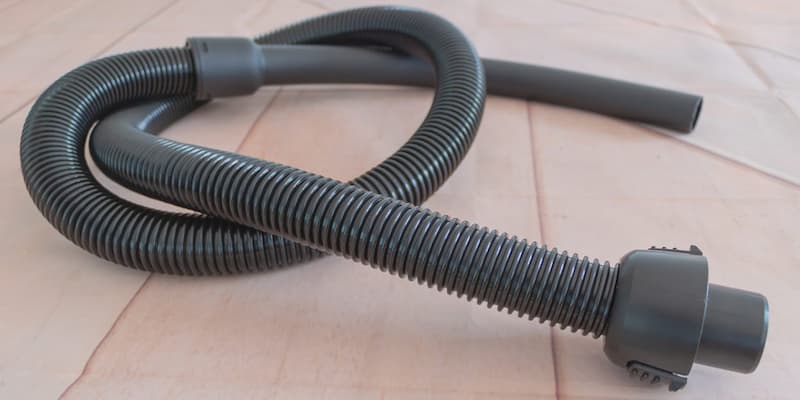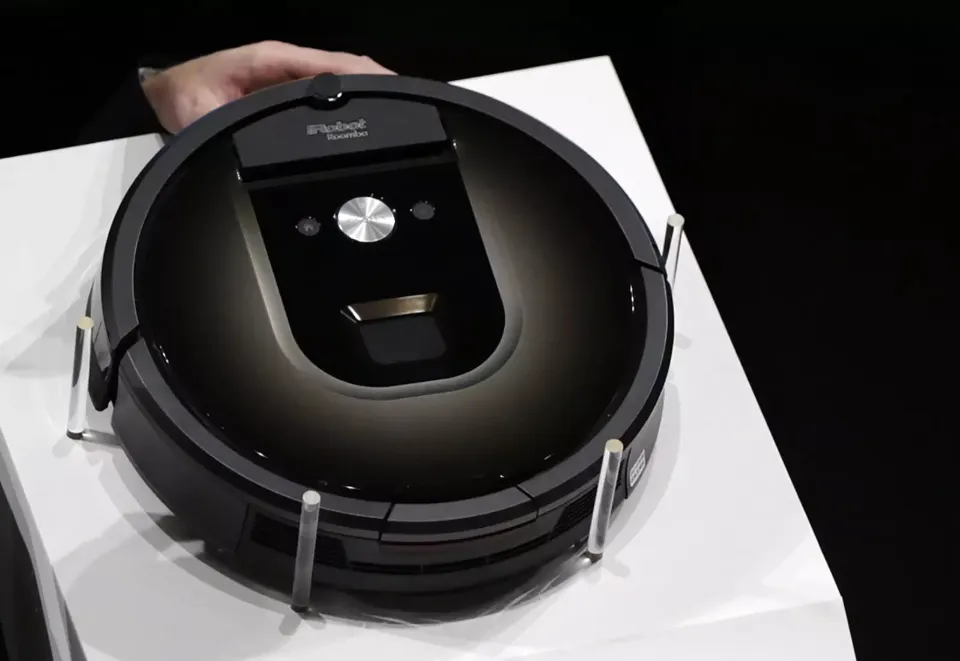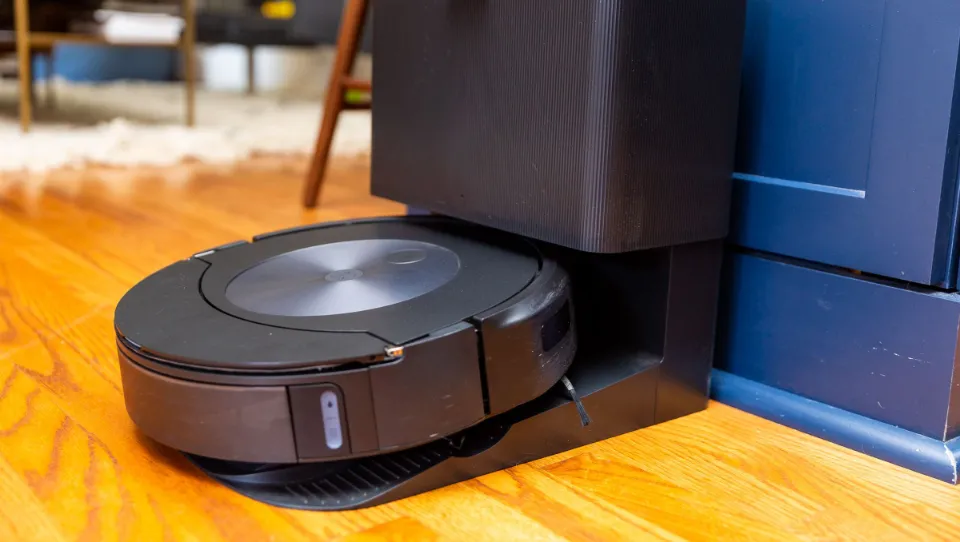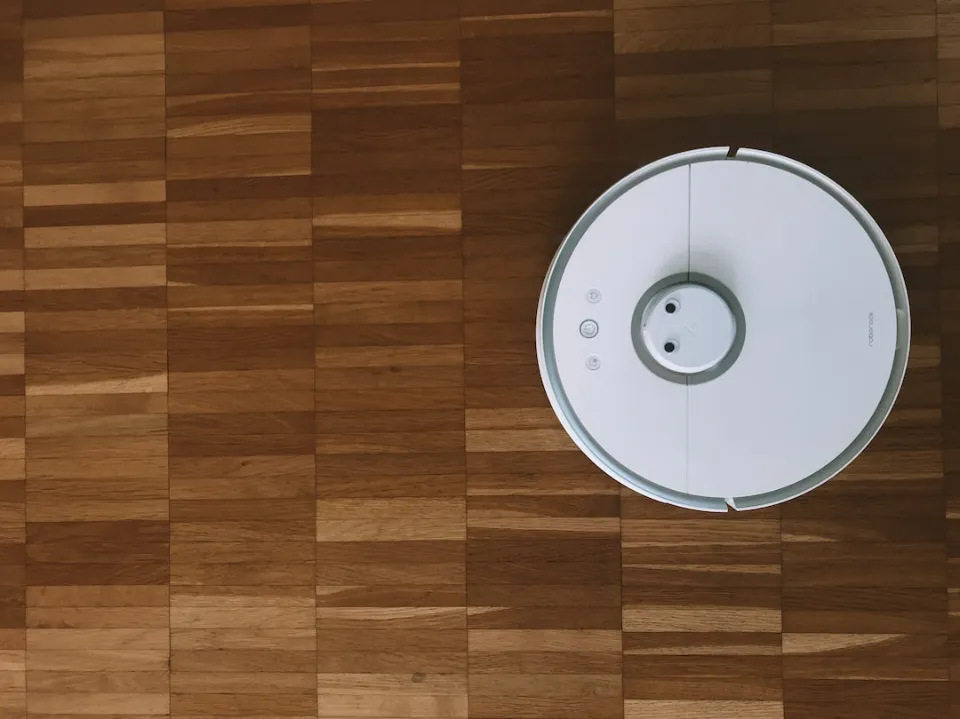When cleaning a room, the hose is part of the vacuum that many people use for direct cleaning, and it gets dirty over time. If regular maintenance is not carried out, the hose may even become clogged. Especially if you accidentally misjudged your vacuum handling abilities. Or maybe you don’t notice and suck on something you shouldn’t. Vacuum cleaners or any blockage in a system can be frustrating.
That’s why we’re going to show you how to clean a vacuum hose so you can efficiently keep your home clean.
How Often Should You Clean the Vacuum Hose?
On average, you should clean the vacuum hose once a month. But it depends on how often you vacuum.
Therefore, it is best to visually inspect the inside of the hose after deep cleaning. This way, you can check the next time you use it for any noticeable blockages that can affect the performance of a vacuum cleaner.
Read More: How to Keep a Vacuum Cleaner Smelling Fresh In Simple Ways
Signs Your Vacuum Hose Is Clogged
Most of the time, it is obvious that your vacuum hose is blocked. It will lose suction and you will have difficulty picking up dust and debris. In addition, pay attention that your vacuum cleaner will blow out dust or make strange noises when you use it.
In addition, if you notice that the vacuum hose gives off an unpleasant smell, it indicates that the food has been stuck and started to rot.
Fortunately, all these problems do not mean that your vacuum hose must be replaced. This is necessary only if a hole or gap causes air leakage. Maybe it just needs a good scrub.
How to Clean A Vacuum Hose
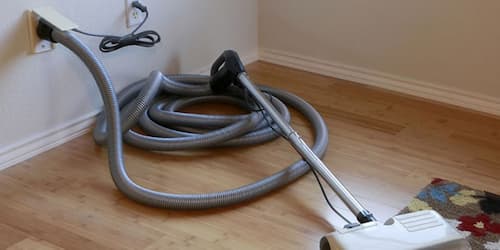
Detach the Hose
To begin cleaning, the first step is to separate the hose from the vacuum. How you do this depends on the brand and model. Usually, this will involve unscrewing the hose or pressing a button.
The most important thing is to avoid overexertion. It’s not difficult to design — if it doesn’t feel right, there may be another way to separate it. If unsure how to remove the hose, stop and check the user’s manual.
For safety reasons, make sure your vacuum cleaner is not connected to an electrical outlet. This way, when you try to disconnect the hose, you will avoid an electric shock or a vacuum that suddenly opens.
Unclog and Remove Clumps
Next, it’s time to remove any debris and dirt visible in the hose. Simply place the hose flat on the floor or table.
You can use something long and thin to push any lump out from the inside. We recommend using the handle of a broom or mop. This squeezes out anything wedged in the middle that you can’t easily reach.
Just be careful, because vacuum hoses are made of flexible, lightweight materials. The last thing you want to do is push too hard and create a hole.
Wash it out
A good way to remove dirt that sticks to internal wrinkles is to wash it off. You can fill the sink with about 4 inches of water. Then mix one or two drops of soap or mild detergent.
It is best to completely soak the hose. This allows water to flow through the interior and clean the material. External hoses can also be cleaned with a damp cloth. It is advisable to avoid using harsh chemicals that may damage the material.
Do you want to disinfect the vacuum hose? Try baking soda and distilled white vinegar for this job. These common home ingredients are a great way to get rid of germs and germs without having to opt for strong bleach.
For example, acetic acid found in vinegar can help kill bacteria and prevent e. Coli infection. Try mixing half a cup of baking soda and two cups of vinegar with some water. Just pour it into the hose and enjoy the magic foam.
Use a Bottle Cleaning Brush
If your vacuum hose is really dirty, there may be some stubborn dirt you can’t get rid of. This will be mainly in the folds that you can’t easily reach. Therefore, to help you with this job, you may need to use a bottle washing brush.
The bristles on this type of brush may be just what you need to scrub away any lingering dirt. They’re thin and long and fit right in the middle.
Rinse and Inside
After cleaning and scrubbing the vacuum hose, it’s time to rinse it out. To perform this task, use water pressure directly from the faucet.
Run water through the hose to flush away any loose dirt or grime. You may need to keep the hose in a “U” shape. That way, you can shake the water before it comes out the other side.
Dry It
It is best to allow the hose to dry before connecting it back to the vacuum system. To allow water to flow out of the inner folds, you can hang it up.
This can be done through shower curtain poles or similar areas around your home or yard to allow excess water to drain out. You can also give it a quick shake. Let the hose dry for a few hours before reattaching it into place.
Then, it’s time to see if your efforts have helped. Hopefully, you’ll be able to open it up, notice the difference in suction, or stop smelling. If your vacuum cleaner is still having problems, there may be another problem that needs fixing.
Preventative Tips for Vacuum Hose Clogs
- Pick up large pieces before vacuuming
- Vacuum cleaners with attachments: Attachments are narrower than required and rods are narrower than hoses, thus preventing clogging
- Vacuum what you can see: Before you clean under your bed, make sure there are no socks under it
- Light density debris such as shredded paper and shredded foam should be picked up as much as possible, and then vacuumed slowly to ensure that they are not all inhaled into the system at one time.
Conclusion
Cleaning the vacuum hose is a necessary task to be performed approximately once a month. This encourages the right flow of air and allows you to vacuum more efficiently. It also prevents bad smells.
Remove all obstructions with a broom or mop before flushing internal hoses. Baking soda and vinegar may be a good combination for disinfecting. A bottle brush may be good for stubborn grime. Then you just rinse it and let it dry.
It only takes about half an hour to provide you with better cleaning throughout the month.
